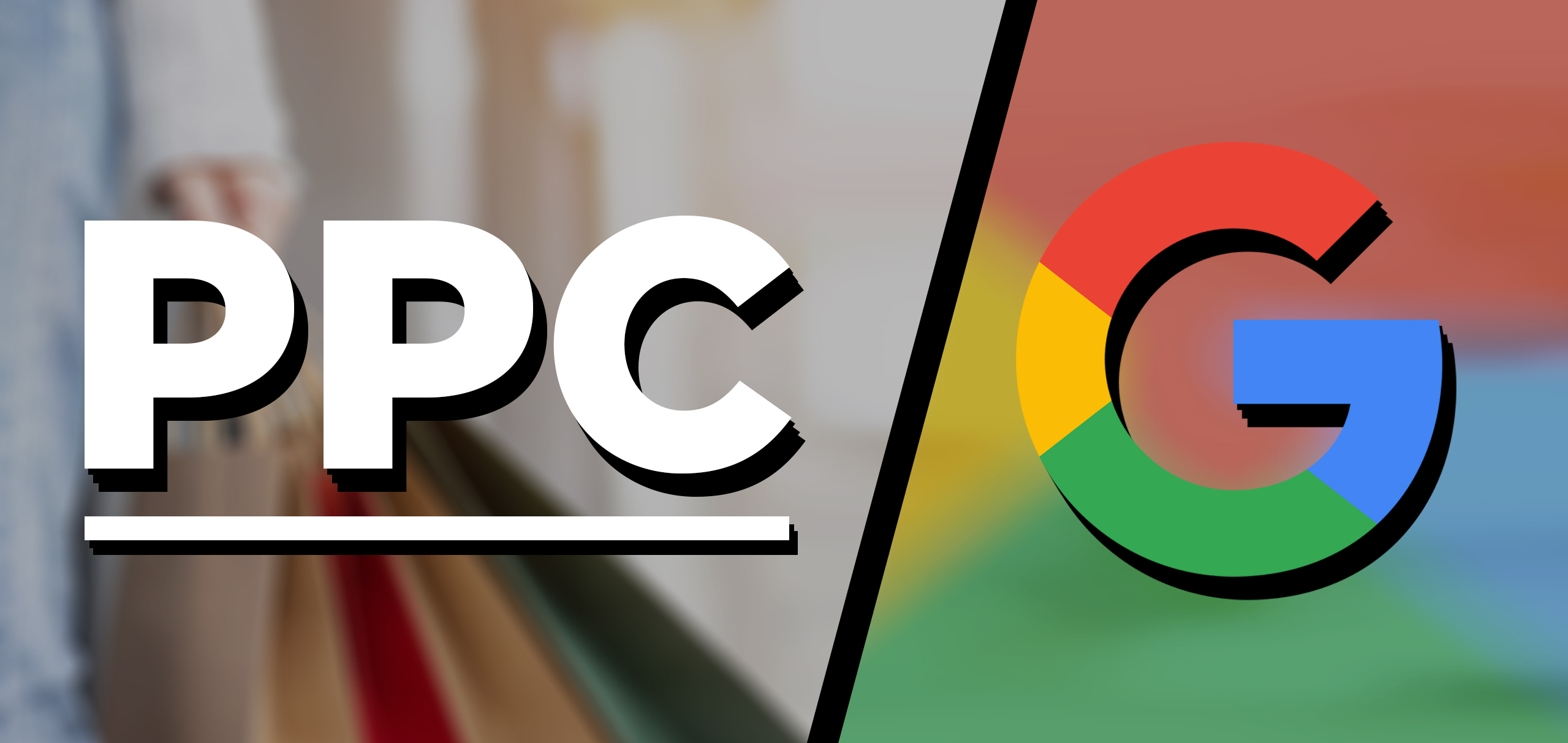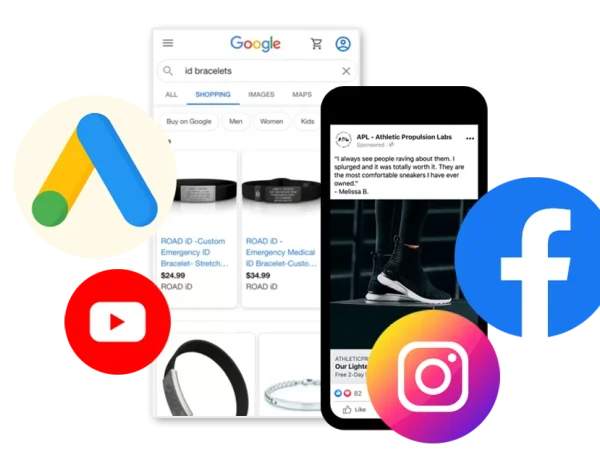Welcome to the dynamic world of Google Ecommerce PPC! As digital markets see vast growth, mastering Paid Per Click (PPC) strategies on platforms like Google becomes crucial for e-commerce businesses. This guide aims to provide an in-depth exploration of how you can optimize your PPC efforts and maximize your return on investment. Whether you are a newcomer to online marketing or looking to refine your skills, this post covers everything from basic principles to advanced tactics.
Google’s advertising platform offers various tools and features tailored for e-commerce. To navigate through this complexity effectively, understanding certain key aspects can make a significant difference in the outcomes of your campaigns. In the following sections, we will delve into these essential elements of Google Ecommerce PPC, ensuring that you are equipped with the knowledge to launch and manage successful campaigns.
Understanding Campaign Structuring
In the realm of Google Ecommerce PPC, structured campaigning is pivotal. An ideal campaign structure not only enhances your ad relevance but also improves Quality Score, which can reduce your cost per click. Start by segmenting your products into distinct ad groups based on categories or consumer behavior. This segmentation allows for more targeted ads and keyword groupings, which are essential for reaching potential customers more effectively. For insights into structuring your campaigns efficiently, visit Google Ecommerce PPC.
Moreover, consider using Google’s Smart Shopping campaigns which automate ad placements using machine learning to optimize performance. Although less customizable, they can save time and potentially increase reach when managed alongside traditional campaigns.

Selecting the Right Keywords
Keywords are at the heart of PPC ads. They connect user queries to relevant ads, making them fundamental in driving traffic to your e-commerce store. Begin by conducting comprehensive keyword research focusing on terms closely associated with your products and services. Utilize tools like Google Keyword Planner or third-party resources to identify high-traffic keywords that are relevant but not overly competitive.
Organize these keywords strategically across different ad groups, maintaining a balance between broad, phrase, and exact match types to maximize coverage across potential customer searches while controlling expenditure by targeting more specific queries as well.
Optimizing Product Listings
Your product listings play a critical role in converting PPC clicks into tangible sales. Ensure each listing is optimized with high-quality images, detailed descriptions, and competitive pricing. Use clear, concise titles incorporating primary keywords to improve visibility in search results. Include unique selling points and key product features that address typical customer pain points or questions about the product.
Moreover, Google offers features like Product Ratings and Merchant Promotions which can be added to your listings for increased attractiveness. These options not only enhance visibility but also credibility, encouraging more clicks from potential buyers.
Leveraging Ad Extensions
Ad extensions amplify the performance of your PPC ads by providing additional information and options for interaction within your ads. Common extensions used in e-commerce include price extensions, which can showcase product prices directly in the ad; site link extensions, offering quick links to parts of your website; and callout extensions which highlight important attributes like free shipping or customer service excellence.
Utilize these extensions systematically to enhance the appearance of ads while boosting their effectiveness by making it easier for users to understand what your store offers and why it meets their needs.
Measuring and Adjusting Campaigns
A critical aspect of mastering Google Ecommerce PPC is the frequent measurement and adjustment of your campaigns. Implement robust tracking mechanisms like Google Analytics to measure aspects such as conversion rates, click-through rates (CTR), and cost per conversion. Understand which products/ads are performing well and why some fail to meet expectations.
Use this data-driven insight to refine ad copy, adjust bids or shift budgets between campaigns strategically. Be proactive about testing new ideas such as different targeting options or adding new product listings based on emerging consumer trends.
In conclusion, taking full advantage of Google Ecommerce PPC requires not just setting up campaigns but nurturing them to continually evolve with market trends and consumer behaviors. By understanding these key aspects—from structuring campaigns wisely to measuring results meticulously—you set up a strong foundation for PPC success in ecommerce that not only drives traffic but translates into sales.
Spend time analyzing the data you gather from each campaign iteration and stay updated with Google’s evolving algorithms and tools available for advertisers; doing so will ensure that your ecommerce business thrives through paid search marketing strategies that are effective and scalable over time.

